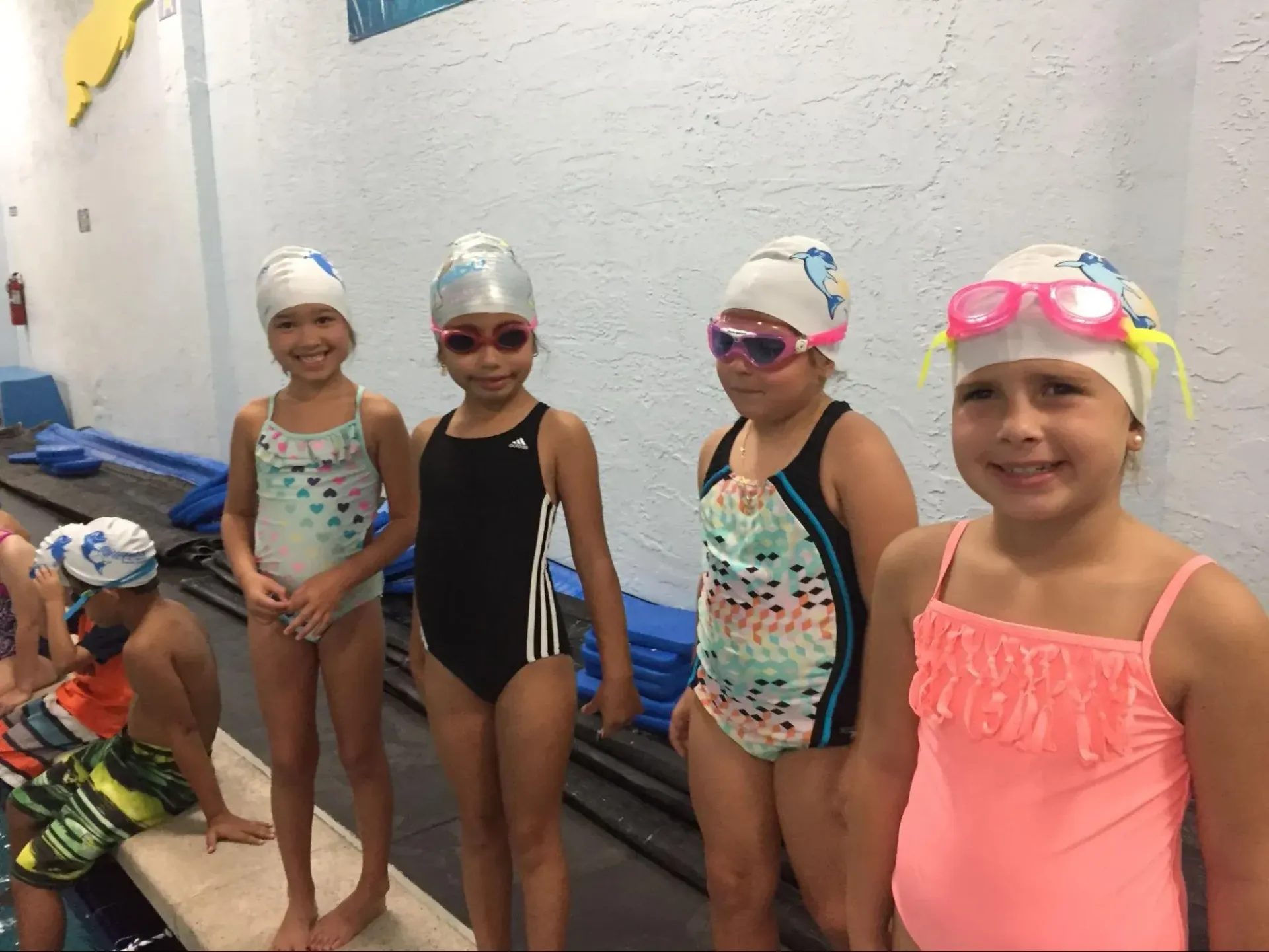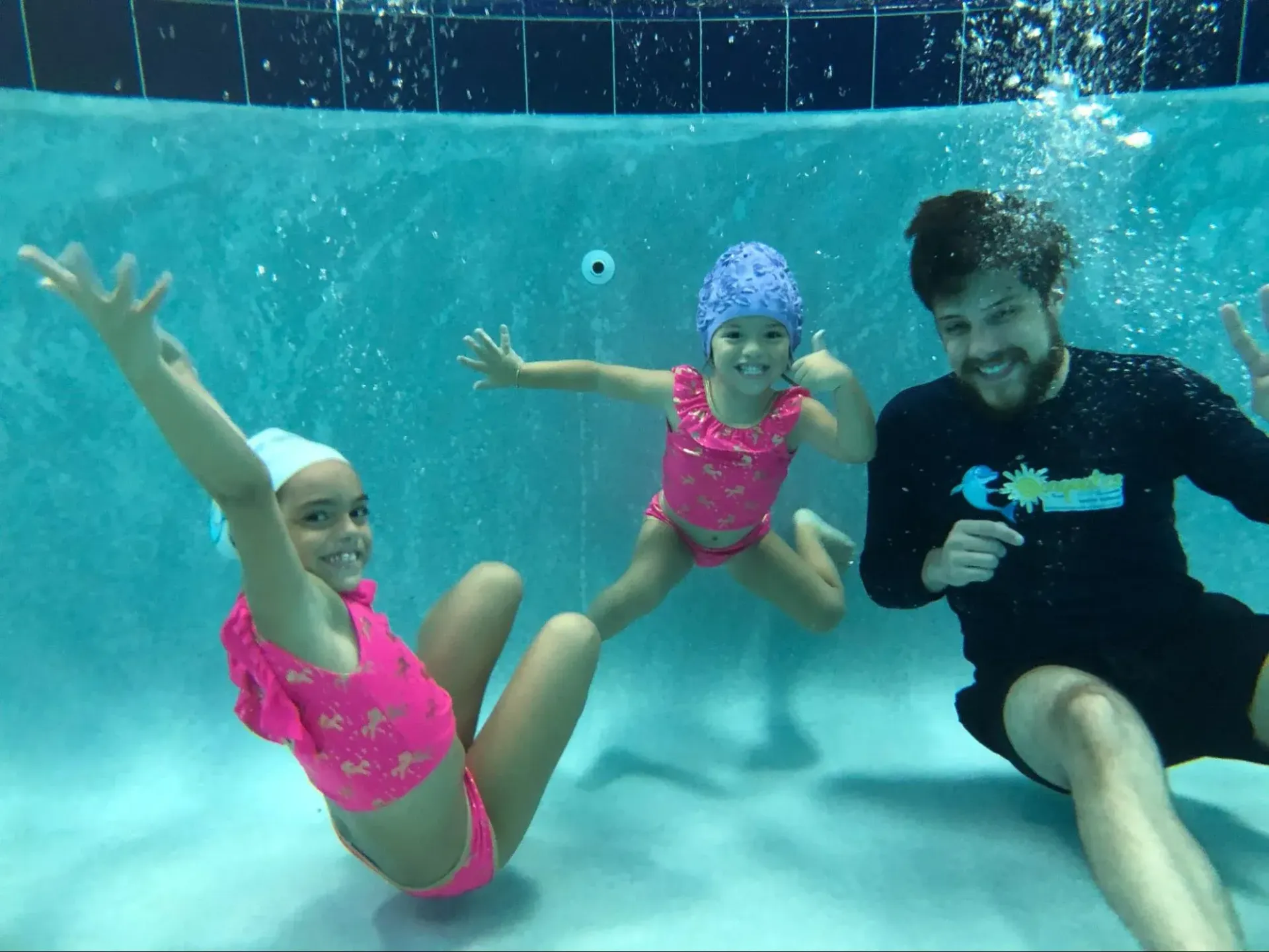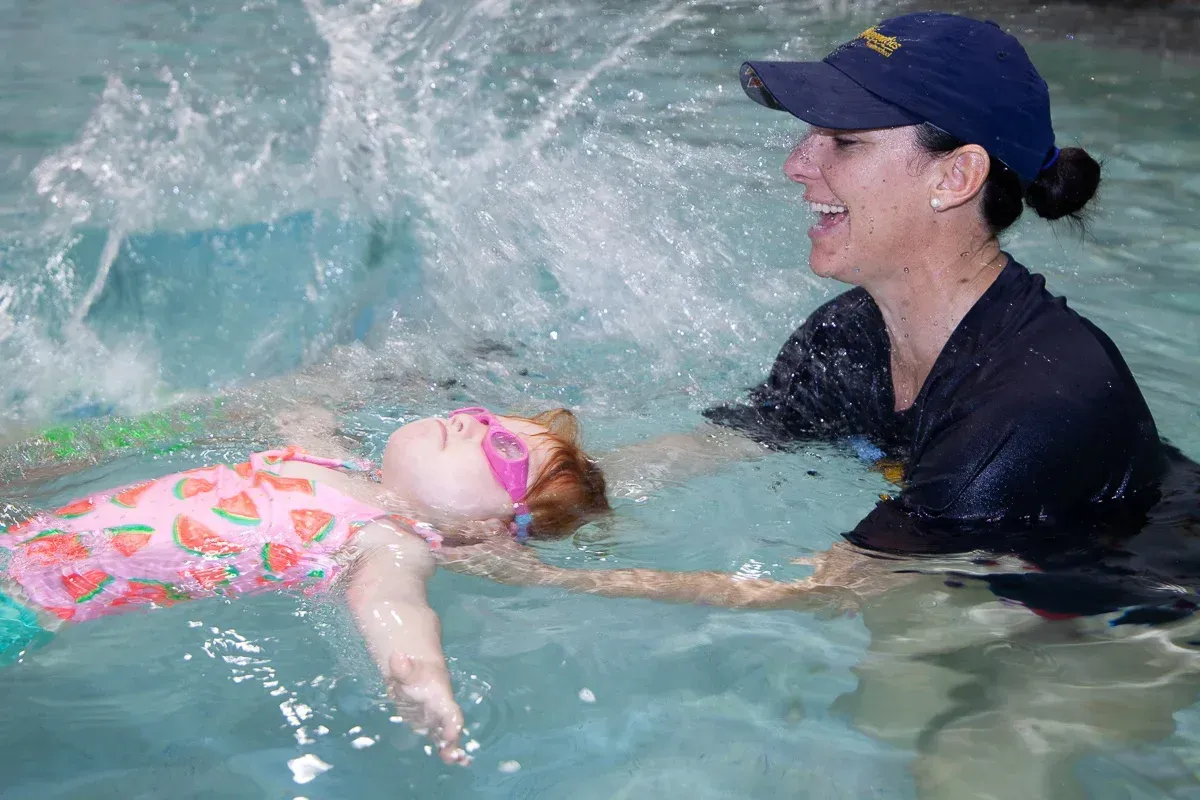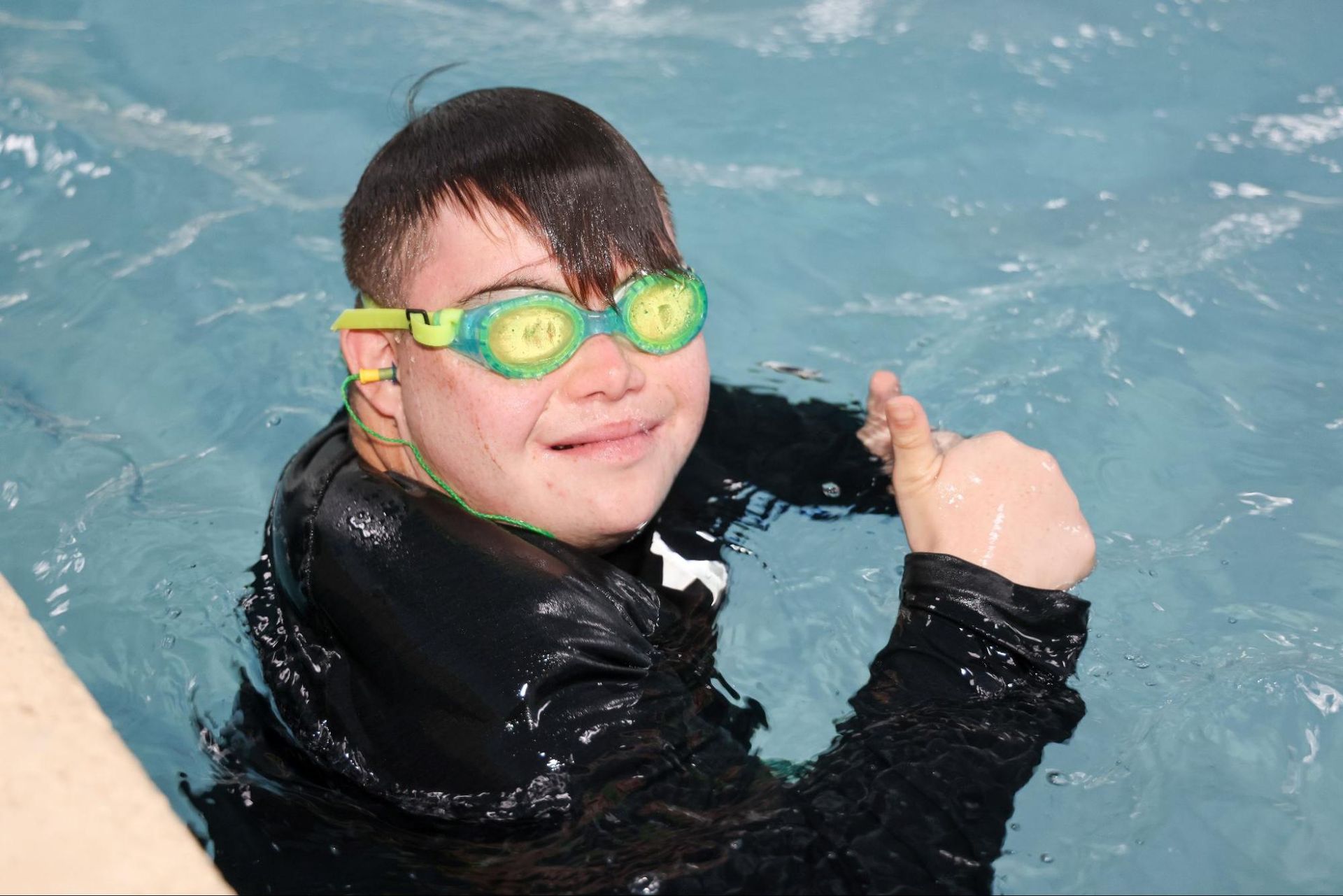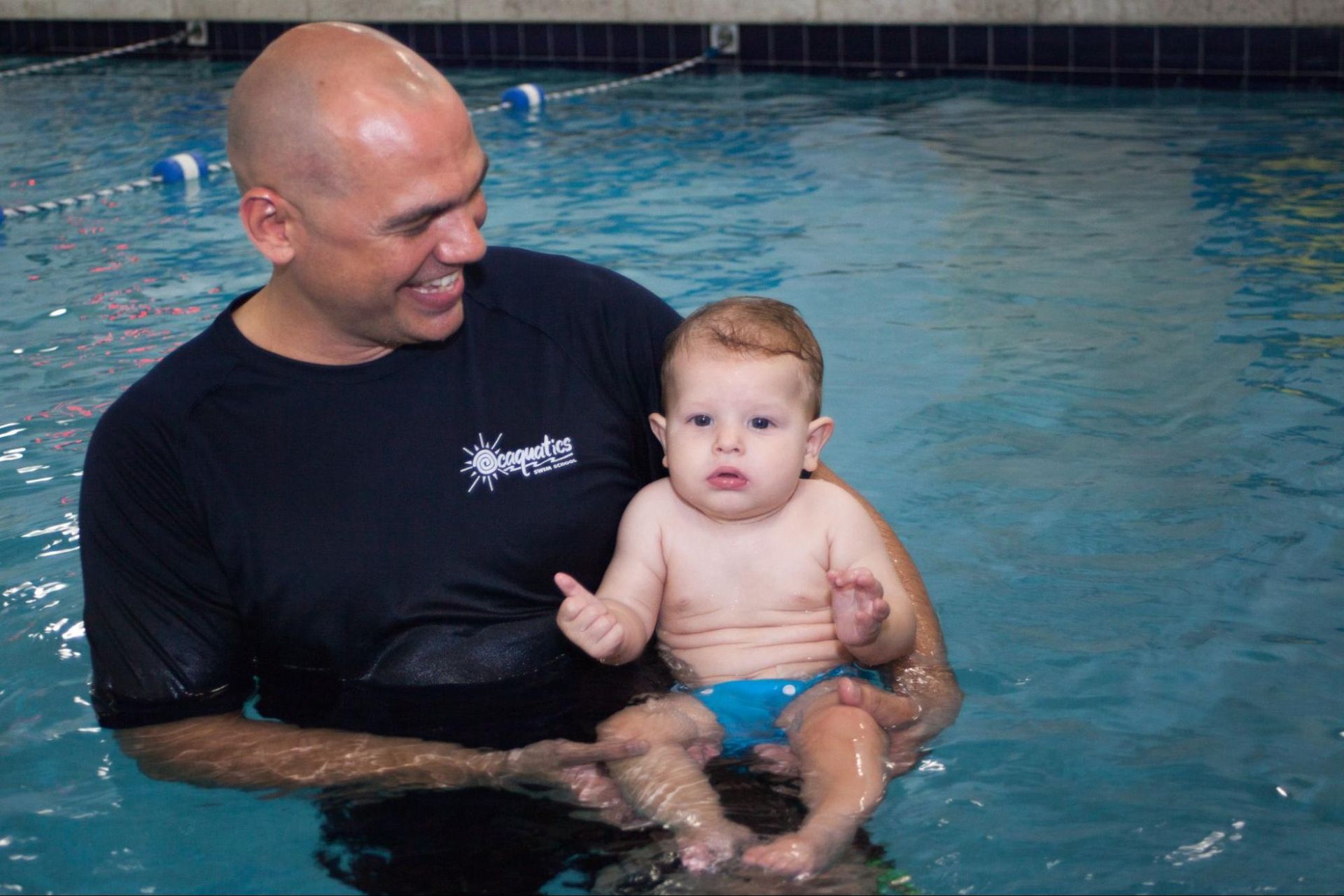How to Float in a Pool
Floating in a pool is a fundamental swimming skill that promotes relaxation, improves water confidence, and enhances overall swimming abilities. Whether you are a beginner or an experienced swimmer looking to refine your floating technique, professional guidance can help you develop better control, relaxation, and endurance in the water. ‘
With support from experienced swimming instructors, anyone can master the art of floating and enjoy the many advantages it brings.
Why Learning to Float Is Important
- Water Safety: Floating helps swimmers conserve energy and stay calm in emergencies.
- Foundation for Swimming: It serves as the basis for many swimming strokes and techniques.
- Relaxation: Floating provides a soothing experience, reducing stress and improving comfort in the water.
- Boosts Confidence: Mastering floating increases overall water confidence, especially for beginners.
The Role of Buoyancy: Why Do We Float?
Buoyancy is the force that allows objects to float in water. The human body naturally has some buoyancy due to air in the lungs and low body fat. Water exerts an upward force that counteracts gravity, helping us stay afloat.
By learning proper positioning and breathing techniques, you can enhance your ability to float effortlessly. Relaxation is key—tense muscles make floating harder, while a calm, even breathing pattern increases buoyancy. Different body compositions and water densities also affect how easily a person can float.
Types of Floating Techniques in Swimming
Floating is a fundamental skill in swimming that provides stability, relaxation, and a foundation for learning different strokes. There are various floating techniques that swimmers can use depending on their comfort level and swimming goals. Below, we discuss the different types of floating techniques, their benefits, and step-by-step instructions for mastering them.
Back Float
The back float is one of the easiest and most basic swimming techniques. It allows swimmers to rest on the water’s surface with minimal effort and is particularly useful for beginners or those looking to conserve energy.
Steps to Perform a Back Float:
- Start in Shallow Water: Stand where the water level is waist or chest-deep.
- Take a Deep Breath: Take a few deep breaths and fill your lungs with air to increase buoyancy.
- Lean Back Slowly: Tilt your head back so that your ears are submerged in the water.
- Extend Your Arms and Legs: Spread them out slightly to create balance.
- Relax Your Body: Keep your muscles relaxed and allow the water to support you.
- Maintain Steady Breathing: Slow, controlled breathing helps keep your body afloat.
Benefits of Back Floating:
- Helps swimmers conserve energy
- Encourages relaxation and confidence in the water
- Provides an easy way to rest while swimming
Starfish Float
The starfish float is similar to the back float but requires spreading the arms and legs wider for additional stability. It’s great for relaxation and for individuals who want to build confidence in floating.
Steps to Perform a Starfish Float:
- Lie on Your Back: Enter the water and slowly lie back with your head tilted slightly upward.
- Spread Your Arms and Legs: Extend them out like a starfish for maximum balance.
- Keep a Calm Breathing Pattern: Avoid sudden movements that may cause sinking.
- Relax and Trust the Water: Let the water support your body naturally.
Benefits of Starfish Floating:
- Offers excellent balance and stability
- Helps swimmers overcome the fear of floating
- Useful for relaxing in the water
Tummy Float (Face-Down Float)
The tummy float, or face-down float, is useful for swimmers learning how to transition into different strokes. It helps improve body position in the water and prepares swimmers for freestyle and breaststroke.
Steps to Perform a Tummy Float:
- Take a Deep Breath: This provides additional buoyancy.
- Lean Forward into the Water: Extend your arms in front of you and place your face in the water.
- Allow Your Legs to Rise: Keep your body in a horizontal position.
- Stay Still and Relaxed: Maintain your floating position for a few seconds before exhaling and lifting your head.
Benefits of Tummy Floating:
- Helps swimmers practice streamlined body positioning
- Builds confidence in floating face-down
- Prepares swimmers for advanced swimming techniques
Vertical Float (Treading Water)
The vertical float, commonly known as treading water, is a technique that keeps the swimmer afloat while remaining upright. It is particularly useful in deep water when taking breaks or waiting for assistance.
Steps to Perform a Vertical Float:
- Stay in an Upright Position: Keep your head above the water.
- Use Gentle Arm and Leg Movements: Move your hands in a circular motion and kick your legs lightly.
- Keep a Relaxed Breathing Pattern: Avoid unnecessary movements that can tire you out.
- Maintain Steady Movements: Consistent small movements help keep you afloat without excessive energy use.
Benefits of Vertical Floating:
- Allows swimmers to stay afloat without moving forward
- Essential for water safety and survival skills
- Useful in deep water situations
Jellyfish Float
The jellyfish float is an excellent technique for relaxation and confidence-building in water. It involves curling the body into a loose position, allowing natural buoyancy to keep the swimmer afloat.
Steps to Perform a Jellyfish Float:
- Take a Deep Breath: Fill your lungs with air.
- Bend Forward at the Waist: Allow your arms and legs to dangle freely.
- Let the Water Support You: Avoid tensing your muscles.
- Float for a Few Seconds: Stay in position before slowly bringing your head up.
Benefits of Jellyfish Floating:
- Helps reduce fear of water
- Encourages deep relaxation
- Useful for conserving energy in emergencies
Common Mistakes and How to Fix Them
- Tensing Up: Stiff muscles make floating harder. Relax your body and trust the water.
- Holding Your Breath: Holding your breath excessively causes the body to sink. Practice controlled breathing.
- Incorrect Head Position: Keeping the head too high can disrupt balance. Tilt your head back slightly to maintain equilibrium.
- Kicking or Moving Too Much: Unnecessary movements make it harder to stay afloat. Stay still and let the water support you.
Tips for Beginners
- Start in shallow water and near the pool wall where you feel safer.
- Wear a swim vest or use a pool noodle for added support.
- Practice with a certified instructor or at a reputable swim school, such as Ocaquatics Swim School.
- Take deep breaths, maintain the right body posture, and focus on staying calm.
- Keep practicing—floating improves with time and patience.
How Ocaquatics Swim School Can Help
At Ocaquatics Swim School, we teach swimmers of all ages how to be comfortable and safer in the water. Our warm indoor pools and expert instructors provide the perfect environment for learning essential skills like floating.
Why Choose Ocaquatics?
- Experienced Instructors: Our team is trained to teach floating techniques in a fun, supportive manner.
- Safer, Indoor Pools: We offer well-maintained, clean pools designed for comfort and safety.
- Progressive Learning Approach: We structure our lessons to match the swimmer’s skill level.
- Family-Friendly Environment: We encourage parent involvement in early swim lessons.
Join Ocaquatics and Build Water Confidence Today
At Ocaquatics, we believe that swimming is a life skill that builds confidence, safety, and joy in the water. Our experienced instructors provide fun, structured lessons for all ages and skill levels. Whether you are learning to float, perfecting your strokes, or building endurance, we ensure a positive and nurturing experience.
With a focus on safety and skill development, we help swimmers gain lifelong water confidence. Enroll today and experience the Ocaquatics difference—where learning to swim is fun, safer, and empowering, Sign up now and make a splash with us!





